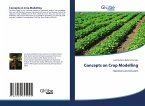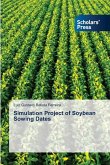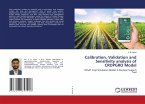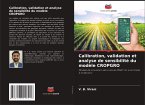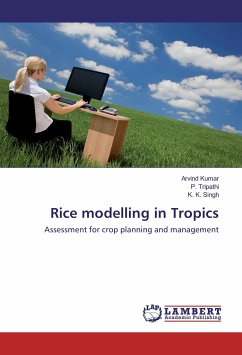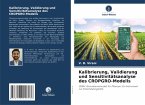The food demand is increasing around the world, associated with increasing population, which can exhibit food security risks (BATTISTI, BENDER, SENTELHAS, 2018). For this context, soybean (Glycine max L.) has an important for human consumption and animal feed (BATTISTI, BENDER, SENTELHAS, 2018). In the context of global climate change and food security, environmental concerns and the preservation of native forests have, correctly, limited the agricultural expansion, and the appropriated alternative is increasing yields has higher relevance, instead of deforestation, to minimize the impact of the climate on the crops yields in Brazil and reducing yields gaps, aiming the supply of demand of food (FAO, 2013; SENTELHAS et al., 2015; AGOVINO et al., 2019; SAATH; FACHINELLO, 2018; SAMPAIO et al., 2021). The soybean crop is the most important crop in Brazil being considered responsible for around 30 % of global production in 2021 (SAMPAIO et al., 2021), covering an area of more than 39 M hectares in the same crop season (EMBRAPA, 2021; SANTOS et al., 2021).
Bitte wählen Sie Ihr Anliegen aus.
Rechnungen
Retourenschein anfordern
Bestellstatus
Storno


